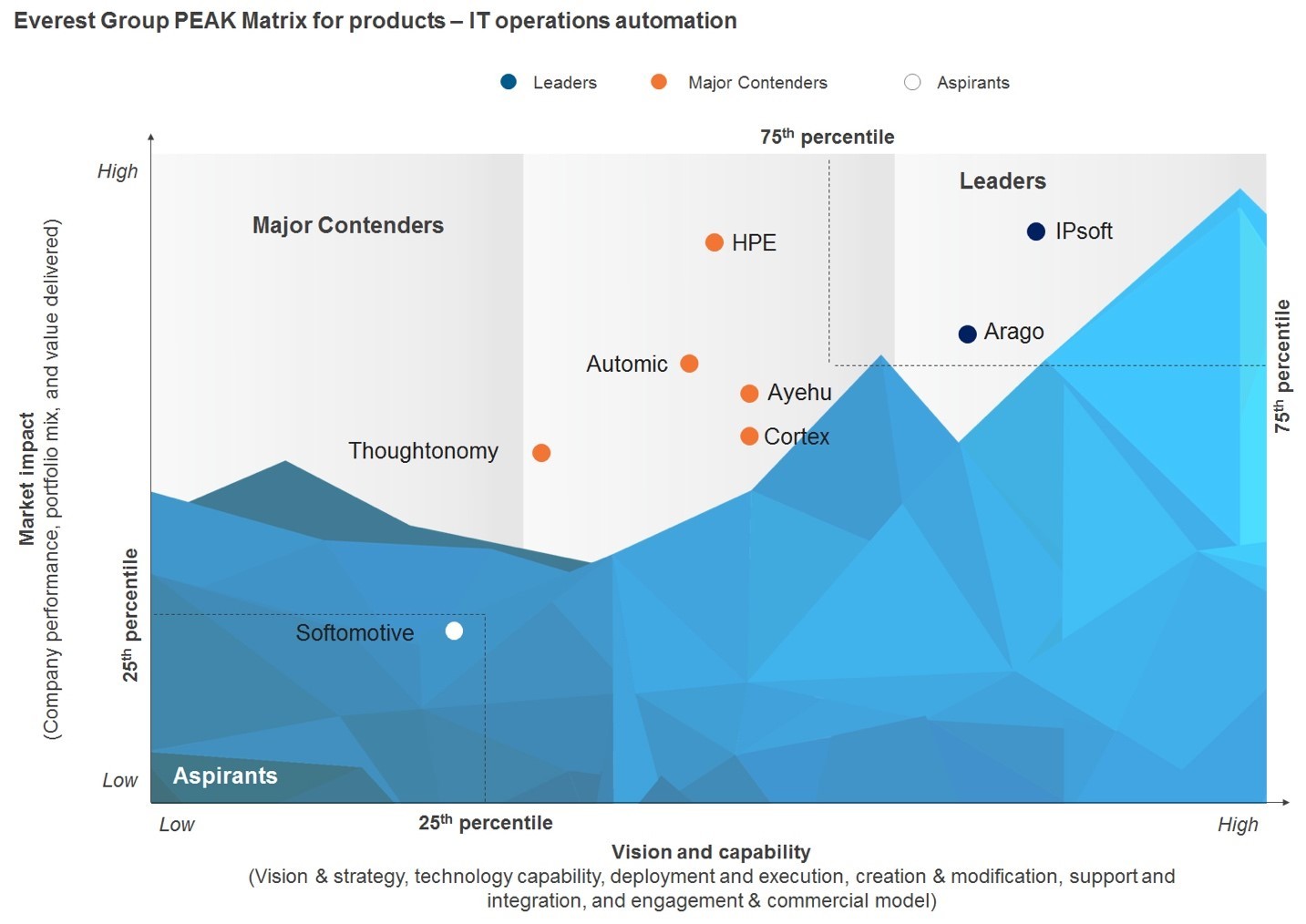Are you looking for new and advanced techniques to identify and prioritize the opportunities to improve and automate your business processes? If the answer is: ‘Yes’, then read on and find out more about how process mining can help!
It’s no secret that RPA adoption has been growing exponentially in the last five years because of its attractive payback and high impact on productivity efficiencies. The 2.5 quintillion bytes of data that are created every single day, according to IBM, can’t be processed manually.
However, part of the challenge with implementing any automation technology lies in identifying the right candidates for automation. Automating the wrong process, or a “broken” process can create more work in the long run. Therefore RPA mustn’t be used in isolation. It should be a part of a higher set of tools with genuine process improvement as the primary outcome.
In this article, we’ll help you get more familiar with how process mining can help:
- Accelerate the identification of the right processes to automate.
- The correlation between process mining and Robotics Process Automation (RPA).
- The leading process mining tools in the market.
To put things in perspective before diving into the topic, according to the latest Shared Services & Outsourcing Network’s Survey Report:
23% of organizations had already started implementing process mining tools while another 29% was in the process of evaluation.
It means most companies are still in the early stages, but it’s a technology that is coming fast.
What Is Process Mining?
Out of the multiple ways to describe how process mining works, Celonis (a leading process mining software) offers a very clear definition:
“Process mining is an analytical discipline for discovering, monitoring, and improving real processes (i.e., not assumed processes). It’s done by extracting knowledge from event logs readily available in today’s information systems.
Process mining offers objective, fact-based insights, derived from actual event logs. This helps you audit, analyze, and improve your existing business processes by answering both compliance-related and performance-related questions.”
Process mining gathers time-stamped, event log data from your systems. It also captures the steps your employees take to complete their tasks. Ultimately process mining provides a visual and contextual analysis of how your processes look like in practice.
Through the use of these tools, you can easily detect the root cause of your current process inefficiencies. It can either tweak a process quickly, perform a complete process re-engineering, or leverage RPA. Process mining allows you to detect undesired patterns, compliance issues, and bottlenecks, and spot the deviations from ideal processes.
Why Process Mining can Help?
Adding process mining to RPA planning can lay the groundwork for a more cost-effective and sustainable initiative. Why is that so? Because with process mining, you are addressing the “core” of the problem from the beginning. You can also continue monitoring the performance of your processes on an ongoing basis once the improvements and automation are implemented.
Many process mining tools can be easily integrated with the current business applications that your organization is using. It means they can fit in the IT infrastructure (e.g. CRM, ERPs, legacy systems, etc.). These tools will let you know which processes are correctly done and alert you for the ones that aren’t good.
A Real-World Example of Process Mining in Healthcare
Let’s provide a real-world example from Southard Jones, VP Product Marketing at Celonis. In his article Building an Intelligent Business with RPA Process Mining, Southard mentions how a global healthcare company had started its RPA journey within finance but was now looking to expand the automation initiative enterprise-wide.
Given the numerous manual tasks to investigate across departments, it was not feasible to continue automating at the task level and they needed an end-to-end view of their workflow. Using process mining, they were able to discover more than 500 process variants costing them an unhappy percentage of their $30B revenue. By drilling down to see where and why deviations occur, they could show the dozens of stakeholders involved what needs improvement and where to focus automation implementation or expansion efforts for the greatest gains.
Now the company uses process mining to monitor and ensure consistency in their newly automated processes. But process mining technology also helps them measure impact, ensuring they’re not missing out on other opportunities to better integrate, train or maximize the efficiency of both their digital and human workers.
The benefits of process mining have also been evident in multiple organizations across the world. AI Multiple conducted an analysis presenting some of the organizations from different countries and industries where process mining has brought improvement. Below you can see some interesting ones:

The Leading Process Mining Tools on the Market
There are several process mining softwares on the market you can choose. Everest Group just released its first Peak Matrix for Process Mining where Celonis, Software AG and UiPath were recognized as the top 3 leaders:

According to another reliable source, G2, which is based on customer reviews, the top three process mining tools are Celonis, Minit and ProcessGold by UiPath.
ProcessGold was just recently acquired by UiPath in October 2019 to help its clients accelerate the identification of the best RPA opportunities. As you may know, UiPath is the #1 RPA software platform in the industry. This acquisition represents a key trend in the industry where process automation needs to be tackled as a holistic, sustainable solution.
Process Mining as an Enabler of Robotic Process Automation (RPA)
As previously stated, process mining can significantly help your organization accelerate its RPA implementation. Streamlining the processes in advance will likely result in a reduction of the time and cost of automation.
However, any investment in technology needs to be carefully analyzed to guarantee the best possible ROI. It doesn’t matter if that is in the process mining software, the RPA tool, or the overall implementation cost. These investment decisions will likely vary based on the:
- Size of your organization
- The potential for automation
- How ambitious your RPA roadmap looks
Though process mining certainly brings undoubtable benefits, At Auxis we don’t believe it’s a mandate to invest in a process mining tool before testing the RPA technology. For many companies, it can still make sense to first confirm the power of RPA by starting with a proof of concept (POC) and picking one or a few processes that are “no brainer” candidates for automation.
As part of that POC, your implementation partner can bring the business process expertise to ensure the organization is not automating a broken process, and help you identify certain tweaks or adjustments that should be applied as part of the new process with RPA. However, as your RPA initiatives keep expanding across processes and departments, organizations will likely find the value and business case in a process mining tool.
If you would like to discuss how process mining and RPA work, you can schedule a free consultation here.

